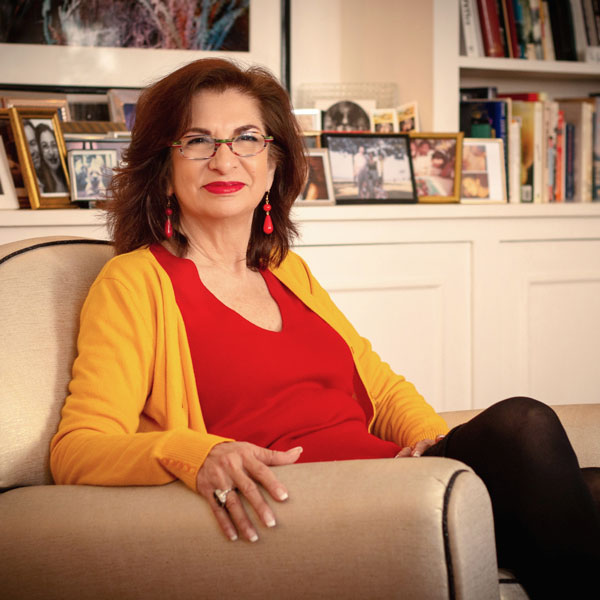Bubbling Up On French Champagne
Every month, we benefit from Max Bachellerie’s amazing knowledge of wines with a lesson or explanation or about a specific production area in France. This month, Max is offering up facts on the most famous French wine of all time, Champagne.
Champagne is made in an area located 150 kilometers to the east of Paris near the towns of Reims and Epernay. This area has always produced wines (historical data from the first century A.D. proves this). Until 1836, however, it was only red and white “tranquille” wines (without bubbles), which means that Dom Perignon (1668 – 1785), as it’s commonly and incorrectly stated, never invented today’s champagne when he was the manager of the Hautviller Abbey.
The fact is that these “tranquille” white wines (before 1836) very often had a second fermentation after bottling because of residual sugar remaining inside the bottle, and very often the bottles exploded!
It was a French pharmacist from Chalon, Mr. Français who computed, in 1836, the correct quantity of sugar necessary to provoke a second fermentation in the bottle without an explosion!
Today the main grape varieties found in Champagne are:
— Pinot Gris (48%)
— Pinot Noir (28%)
— Chardonnay (24%)
What are the progressive steps to create a champagne?
1) Production of a white “tranquille” wine
-The three grape varieties mentioned above are harvested in September. -Very quickly, the grapes are pressed (Champagne is white; the main grape varieties used have a dark skin so timeliness prohibits change of coloration)
-Normal fermentation process is followed to produce a finished “tranquille” wine by March.
2) Production of the “cuvée”
-The producer merges “tranquille” white wines from different grape varieties, different areas and even different years, (in the latter case, the final champagne cannot be called a ‘vintage’ one), and bottles it.
3) Second fermentation in the bottle
-A liqueur (cane sugar, old wines and “levures” (yeast) is added into the bottle, which provokes a second fermentation and those famous bubbles. This operation can last from several months to years.
4) Clarification
-For one or two months, bottles will be stored with the top towards the floor and are regularly turned in order to capture all the deposits at the entrance of the bottle.
5) Opening and Liqueur addition
-The neck of the bottle is frozen, then the ice-cold cork containing all the deposits is removed and replaced by a liqueur which allows a brut or sec champagne (there is sugar in this liqueur). Then the bottle is definitively corked.
Remember:
– There are a lot of wine producers of Champagne but far fewer “Champagne makers.”
– Each “Champagne maker” always tries to reproduce the same taste (same process, same liqueur) for each of his ‘cuvee.’
– A large proportion of Pinot Noir creates a champagne for dining
– A large proportion of Chardonnay is better for aperitif drinking.
– 90% of rose champagnes are white ones into which red wines have been added.
– Serving temperature: 7 – 9 degrees Celsius
Bonne Degustation!
Max on Wine for Parler Paris
A la prochaine..
.
Adrian Leeds
Editor, Parler Paris
E-mail: [email protected]
P.S. You may also contact Max to arrange a Private Wine Tasting Party. Visit /parlerparis/gourmet/index.html for more information or email Max at [email protected] or call +33 (0) 6.10.84.91.31 (in Paris)
To read more, click the links below.






